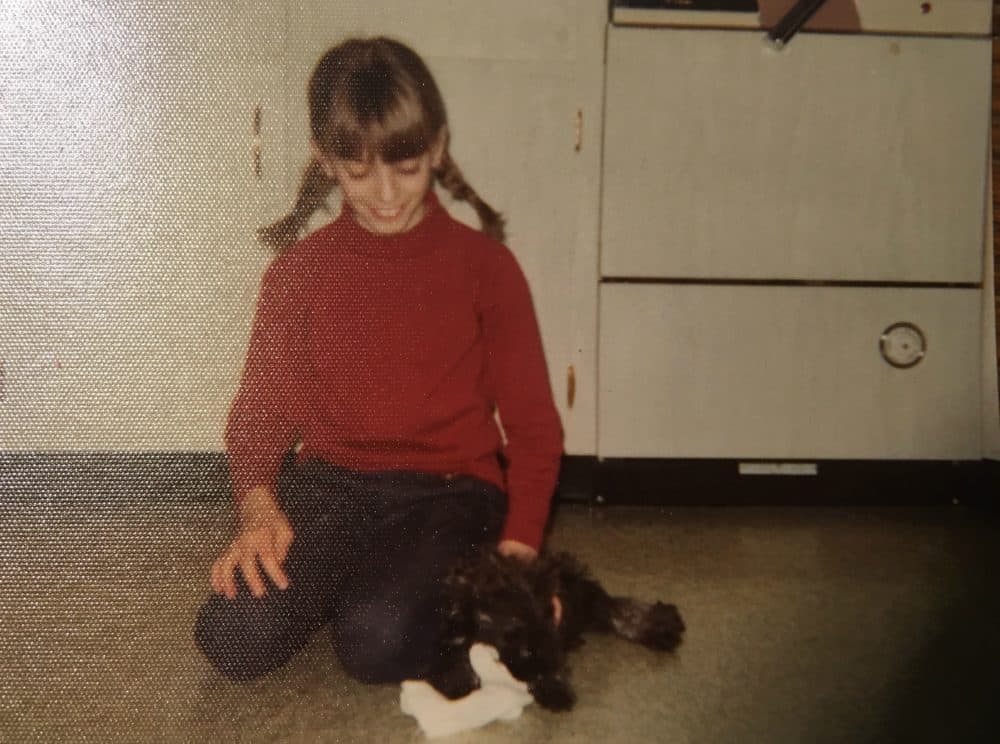Advertisement
Commentary
How A Mass Shooting Changed My Childhood

On October 19, 1974, two gunmen shot six people inside the Donna Lee Bakery in New Britain, CT. It was the worst mass murder in Connecticut’s history at the time, and it’s haunted me for decades.
A lot has changed in 45 years.
So far in 2019, there have been 394 mass shootings in the United States. Since the 2012 Sandy Hook Elementary School tragedy, mass shootings have become so commonplace as to numb our ability to be surprised. I’m ashamed when an alert pops up on my phone or computer — Jersey City, New Orleans, Dayton -- and I don’t click right away. Not again, I think, because I know this story too well, and I know that it will both sicken me and, sadly, blur together with all of the others.
But 45 years ago, the Donna Lee Bakery incident in my hometown didn’t just sicken me, it traumatized me — just as the current shootings are almost certainly affecting an entire generation of children for whom active shooter drills are the new normal.
Nearly 10 at the time, I was sleeping at my grandmother’s house on that cool, autumn night. When I woke up the next morning, I read in the Sunday Hartford Courant that half a dozen people had been murdered in the nearby bakery where we sometimes bought doughnuts after church. I could picture the owner smiling as he gave us our crullers in a cardboard box. And now he was dead.
I was shocked and sickened, but mostly I was scared.
The radio newsreader warned that the killers were at large, armed and dangerous, and that children should not go out alone. When my mother came to pick me up, I bolted to the car, dove into the back seat, and crouched beneath the window for the five-minute ride home. That night, afraid of being shot in my sleep, I sat for hours on a stepstool outside of my parents’ bedroom. If the murderers broke into our house, I’d be awake and ready.
I could picture the owner smiling as he gave us our crullers in a cardboard box. And now he was dead.
According to a 2018 report from the Giffords Law Center to Prevent Gun Violence, 60% of high school students in the United States say they fear a shooting at their school; nearly 40% of children who are exposed to a shooting will develop post-traumatic stress disorder. Symptoms include nightmares, feeling continuously on edge and flashbacks to the event. Trauma from gun violence can also affect the general public, and it can linger long after the violence has stopped.
I spent the next several weeks after the murders in a state of terror. I ran to and from school every day, fearing the killers were lurking in the nearby woods. Apart from some extra checking of the locks at night, my parents felt it best to carry on as normal. Less than a week after the killings, my mother left me alone in the idling car when she dashed into the drugstore. One of the bakery murder victims had been waiting in the car for his wife when he went in to see what was taking so long. I clenched my whole body, praying my mother would not be killed.
On November 21, 1974, four weeks after the crime took place, two local men were charged with the crimes. For more than a year afterward, I, like everyone else in Connecticut, obsessively followed the trials. When the two men were finally sentenced to life in prison, the fear faded, but it didn’t go away.
Just imagining the bloody murder scene would keep me from falling asleep at night, and unusual sounds outside my window would stir panic. My high school bus route passed by the shuttered bakery, regularly offering a reminder of that gruesome night. And in autumn, when the weather cooled, I’d have nightmares. This went on well into adulthood.
I often think of how many other children’s lives have been affected in deeper and more damaging ways. At this rate, if we don’t do something to curb gun violence, there won’t be a person in this country who has not been directly touched by it.
The night after the Walmart shooting in El Paso, Texas last August, I took my daughter to Target to do some shopping. When we weren’t home after two hours, my normally relaxed son called to check on us. “I was worried,” he said.
I know exactly what he was thinking. In this era of back-to-back mass shootings, being late to come home — from school, from a concert, from a bakery — can call to mind the unthinkable.
